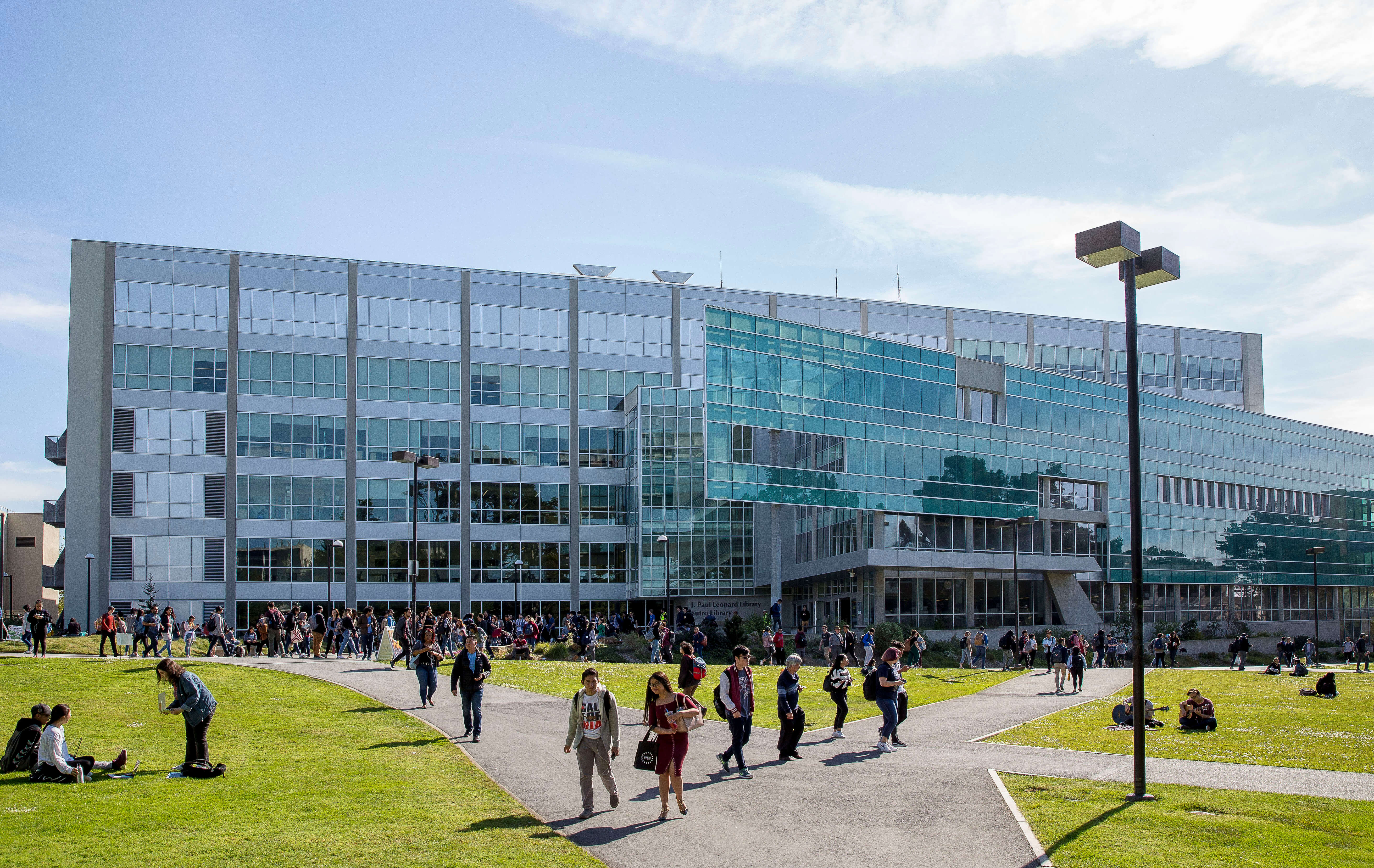Higher education destinations incorporate sustainability into their campuses and curriculums
By Kayla Goldberg
In 2005, the Association for the Advancement of Sustainability in Higher Education (AASHE) was created in an effort to encourage higher education institutions to strive to make their campuses more sustainable and environmentally conscious. Its mission is “to inspire and catalyze higher education to lead the global sustainability transformation.”
The association created a system where, when colleges and universities display efforts to make their campuses more sustainable, they are granted either a platinum, gold, silver, or bronze STARS rating. STARS stands for Sustainability Tracking, Assessment & Rating System™. As a result of AASHE, many universities have committed to the movement towards a more sustainable campus. A few campuses stand out for their efforts.
Colorado State University
The first university in the world to receive a STARS platinum rating is Colorado State University (CSU), showing how Colorado residents’ passion for the state’s natural beauty and their environmentalist mindset has been passed on to their local university. Their platinum rating is due in part to the fact that the University has created the first solar-heated and air-conditioned on-campus building, and hopes to convert more of their buildings to sustainable energy in the future.
CSU has also worked with NASA to craft a cloud-profiling radar system, nicknamed CloudStat, which monitors climate change and even lets CSU students and professors independently research sustainable energy alternatives that can be implemented in their campus and home life.
CSU students are certainly some of the most environmentally conscious in the nation, participating in programs offered in ecosystem science, sustainability, alternative fuels, conservation and more.
CSU is also the first university in the nation to launch a Master of Greenhouse Gas Management and Accounting Program, clearly demonstrating its leading role in transforming higher education universities into more sustainable and environmentally concerned institutions. For more, visit www.colostate.edu.
Stanford University
Although CSU was the first university to capture the platinum rank, Stanford University was close behind, demonstrating how Stanford is clearly a leader in both higher education and the movement towards sustainability.
The university created an Energy Systems Innovation Program in hopes of decreasing its carbon emissions by 68% and waste diversion by 75% by 2020.
The university offers 20 environmentally conscious clubs that grant their members opportunities to do what they can personally to make a positive change in sustainability efforts at the university.
One example of this is the Stanford Gleaning Project, which is a project where organic fruit and vegetables are harvested, and then donated to a local hunger-relief organization. Additionally, 47% of the food served at Stanford’s 30 dining halls is organically and locally sourced, which discourages large-scale factory farming, and 65% of the university’s solid waste is either recycled or composted. For more, visit www.stanford.edu.
Unity College
Although Unity College has yet to receive a STARS rating of platinum, it has earned a gold— largely because it is the first college in the United States that has committed to divesting from fossil fuels.
This commitment can largely be credited to the influence of the college’s president, Stephen Mulkey, who has declared the decision a result of “the need to develop a collective approach to addressing global climate change with systematic, comprehensive, and scientifically informed policies.”
President Mulkey has been a leader in the movement toward more sustainable college campuses in America—as he also spoke at the October 2014 conference of the Association for the Advancement of Sustainability in Higher Education in an effort to encourage other campuses to also divest from fossil fuels.
As a result of both AASHE and Mulkey’s efforts, 16 campuses have now chosen to divest, including Arizona’s Prescott College.
Unity College has also incorporated additional sustainability-based courses into its offered curriculum, such as its Conservation Biology Degree, and has built a TerraHaus. The TerraHaus is Unity’s version of a passivhaus, which is a building that incorporates new, energy-efficient methods to both heat and cool the air inside the building, and it is used on campus as a residence hall. For more, visit www.unity.edu.
Arizona State University
Our very own Arizona State University (ASU) has made considerable efforts to be more sustainable, and these efforts gave the university a gold STARS rating.
The university has four goals: climate neutrality, zero solid and waste water, active engagement, and principle practice.
They participate in a Circular Resource System that strives to achieve zero waste by reusing goods consumed before sending them back into the economy. And impressively, between 2017 and 2019, ASU reduced its net greenhouse gas emissions by 28.8% with solar arrays, launched the ASU Carbon Project, returned more than $2.2 million in utility savings, and completed a plumbing retrofit at the Temple Sun Devil Fitness Complex to conserve water.
ASU also has a Campus Metabolism online program that allows students to see just exactly how energy and other resources are being used on campus, as well as one of the most developed solar programs in the United States—it features large solar programs on all six of its campuses. For more, visit www.asu.edu.
San Francisco State University
San Francisco State University is another campus that has chosen to divest from fossil fuels, but they have also made other efforts that have led them to a silver STARS from AASHE. The university has a Climate Action Plan that sets greenhouse gas emissions targets and goals for the campus, and it aims to reduce their emissions at least 40% by the year 2030. The goal on campus is for 75% waste diversion by 2020 using known, simple methods such as recycling and composting. However, they’re also attempting to achieve their goal by participating in the San Francisco Greasecycle, a system that diverts fats, oils and grease away from sewers and instead recycles them into biodiesel.
Furthermore, the university has implemented a transportation program created to encourage more sustainable methods of transportation for students and faculty including, but not limited to, walking, biking and public transportation.
Additionally, they hope to purchase 20% of their energy from renewable resources by 2030, and have committed to the CSU Sustainability Policy and CSU Executive Order 987. For more, visit www.sfsu.edu.
Kayla Goldberg is an editorial intern at Green Living Magazine. She is currently studying English at Loyola Marymount University and in her free time she enjoys reading, working out, and drinking coffee.






